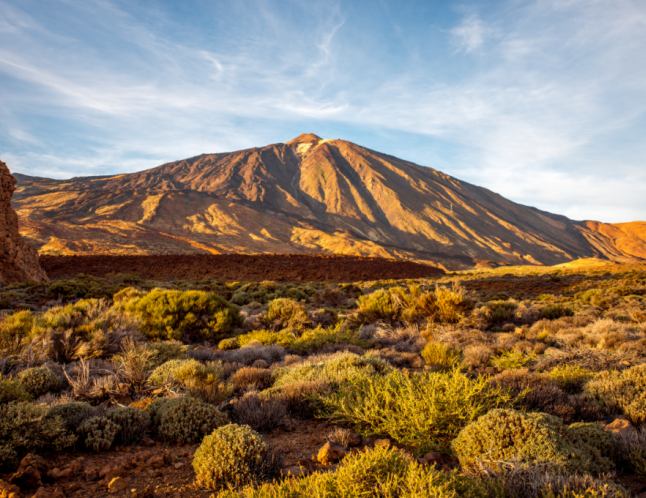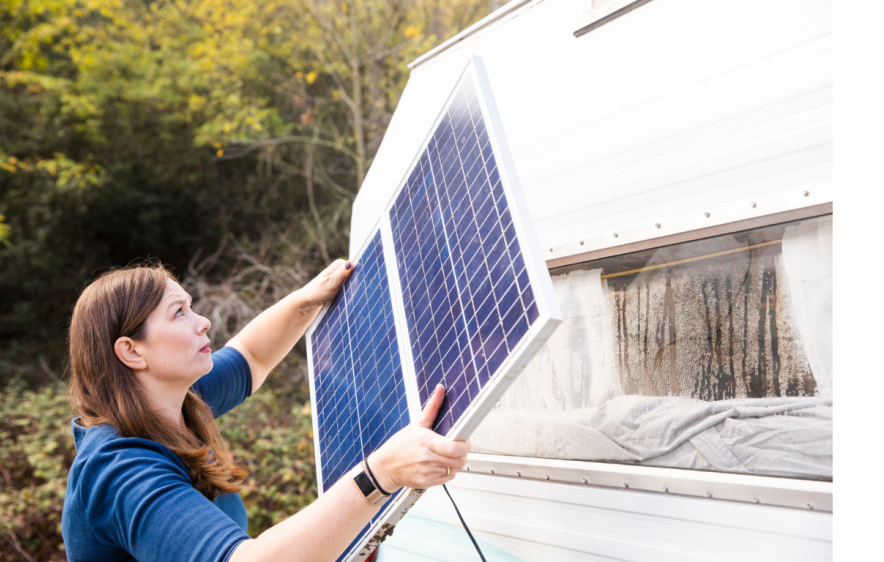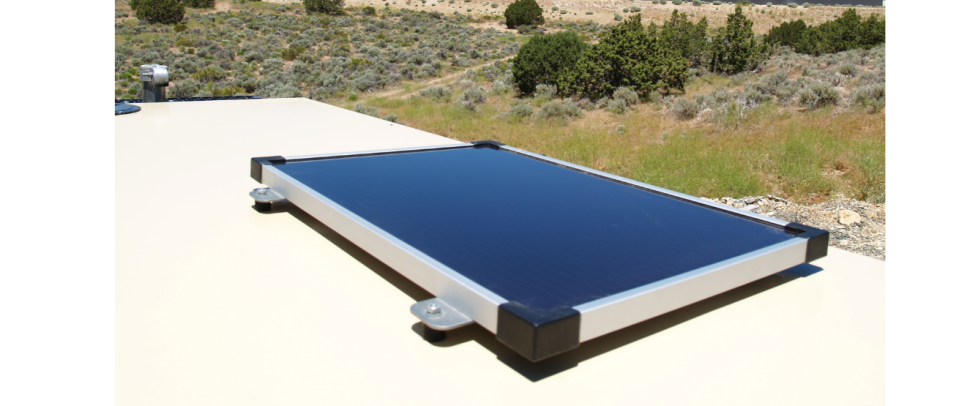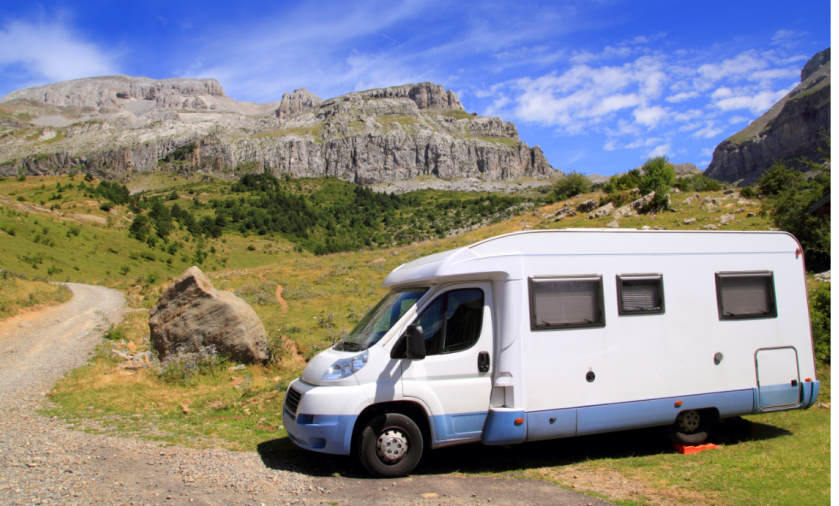Imagine hitting the open road, the landscape unfolding before you, as you enjoy the freedom of traveling in an RV that feels just right. This isn’t just about choosing a vehicle; it’s also about matching your lifestyle with the perfect home on wheels. I’m going to help you navigate the world of RVs, helping you choose the right RV size needs whether you’re a solo adventurer or part of a larger group.

Now, RVs come in various shapes and sizes, and are generally categorized into three classes: Class A, B, and C. Each has unique features and sizes, tailored to different kinds of travelers.
Class A RVs are the largest, providing large living space and luxury accommodations.
Class B motorhomes, often called campervans, are the smallest, known for their ease of driving and efficient use of space
Class C RVs strike a balance, offering additional space over Class B with better drivability than Class A. Also known as the middle RV.
But how do you decide which is right for you? It’s not just about counting seats and beds. You need to consider the nature of your trips, the number of travelers, your budget, and the level of comfort you desire. Short weekend trips might call for a different size than a long-term trip. If your looking for solitude or intend to travel narrow roads and tight spaces, a massive RV might not be right for you. On the other hand, if you’re traveling an extended journey with a large group, a compact RV might be to small and not as comfortable.
Remember, choosing the right RV size is crucial as it influences your overall travel experience. You’re going to find out about making the best choice for every travel group size
Starting with solo travelers and couples, and leading up to families and groups of friends. So buckle up, and let’s get ready to look at the best options for individual and small family travelers in the next section.
Selecting the Perfect RV Size for Individuals and Small Families
If you’re a solo traveler or a part of a small family, let’s talk about the options that are going to suit you best.
Class B RVs, often referred to as camper vans, are a perfect choice. They’re more compact than other classes, making them easier to drive and park. Don’t worry too much about feeling cramped many modern Class B RVs offer unique designs to maximize living and storage space. They typically include a small kitchen, a sleeping area, and a bathroom, which is really all you need for a comfortable adventure. Most camper vans are built from scratch to save money. These are the best for stealth camping easier to blend in to the area.

Class C RV can be your go-to. This mid-sized option offers a more generous living area than Class B, often including a separate bedroom, additional sleeping areas convertible from dining spaces, and a complete bathroom. The over-cab area provides extra sleeping space, a clever use of the vehicle’s space. What’s more, these RVs are still manageable on the road compared to their larger Class A. These are a good size for 3 or more people.

For those new to RVs, it’s a good idea to rent one before purchasing. This gives you a chance to experience the size and type of RV that fits your lifestyle without the full commitment.
When planning your travels, bear in mind the little things that make a big difference.
Storage solutions, the layout of living areas, and even the additional amenities can turn your RV into a home away from home. Think about what you’ll be doing most in the RV such as resting, driving, cooking, or maybe working remotely. Ensure there’s a place for everything, and choose something that works for you.
Choosing the Right RV for Larger Groups: 5 People and Beyond
Traveling with a sizable crew can really change the game when it comes to picking the right RV. If you’re traveling with more than five people, you’re going to find out about the benefits of a larger RV that can make your travels both comfortable and memorable. If your looking at a full time lifestyle, you should use a CLASS A.
Class A RVs is the best option for space and luxury. They’re essentially rolling homes with full-sized amenities that can rival your living space at home. With these RVs everybody can have their own corner for peace and privacy, and there’s usually ample room for lounging, cooking, and even entertainment.

Choosing a Class A RV isn’t just about size; it’s also about the experience. This includes residential-style furnishings, larger storage capacities for all your gear, and sometimes even slide-out sections to expand your living area. And let’s not forget the power—most Class As come with robust engines that can handle the extra weight with ease.
Safety and ease of travel should always be top of mind when traveling with a big group. Large RVs require a confident driver and some extra considerations when it comes to planning routes and parking. But don’t worry too much about this—as you get accustomed to the vehicle’s size, driving it becomes second nature.
Whether you’re taking a family reunion on wheels or joining forces with friends for a cross-country road trip, choose something that works with you and your group’s needs. You must always remember with a Class A you will need to research what type of roads your going to travel because of the height of the vehicle.
If you plan to travel away from the highways and travel the back roads you will need to use a GPS for large trucks. Many back roads have shorter over passes which a CLASS A will not fit under. Have a safe and happy trip and thanks for choosing the right RV size.


































